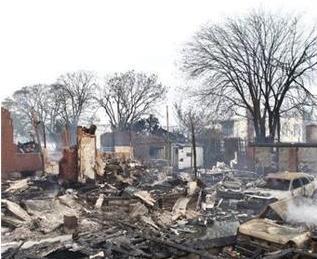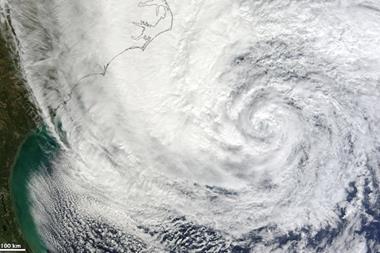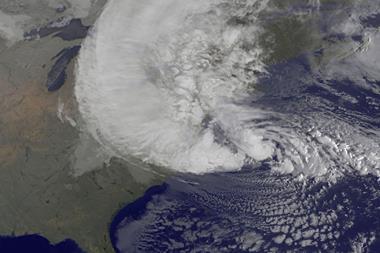US east coast storm not a market changing event but rates likely to rise in 2013

Global insurance rates continued to firm in the fourth quarter of 2012, but at a slower rate than in the previous quarter, despite the mounting cost to the insurance industry of Superstorm Sandy, according to research from Marsh.
The Marsh Risk Management Global Insurance Index, a composite or weighted average of rate change activity over the preceding four quarters in major lines of insurance business, rose slightly to 101.2 from 100.9 in the third quarter. The index was based at 100.0 in the second quarter of 2012.
Figures published in Marsh’s Global Insurance Market Quarterly Briefing also show the average rate change at renewal was a 1.2% increase in the fourth quarter, compared to 1.4% in the third quarter.
Property rates continued to rise but the rate of increase slowed for the second quarter in row. Rates for financial and professional lines also rose, with the average renewal showing a 2.2% increase year-on-year.
Financial institutions in the US, Europe and Australia have seen rate increases in their liability insurance programmes during the fourth quarter, reflecting insurers’ concern about the global economic situation and increased regulatory scrutiny, Marsh added.
Marsh US risk practices and specialties leader Dean Klisura said: “While superstorm Sandy caused some insurers to suffer significant losses, we do not expect it to be a market-changing event. Insurers remain well-capitalised with most of them unlikely to reduce their capacity in 2013.”
Some insurers were also increasing their push for rate increases. The proportion of US insurance customers seeing rate reductions on renewal fell in most lines of business in the fourth quarter but this was not set to last.
US customers would find it increasingly difficult to secure rate decreases for property insurance in early 2013, Klisura said.
This would be especially true for those with losses from Sandy. Klisura added that flat or declining premium rates at renewal were likely to be “reserved for customers with favourable loss histories and low catastrophe exposures”.
Hosted by comedian and actor Tom Allen, 34 Gold, 23 Silver and 22 Bronze awards were handed out across an amazing 34 categories recognising brilliance and innovation right across the breadth of UK general insurance.













































No comments yet